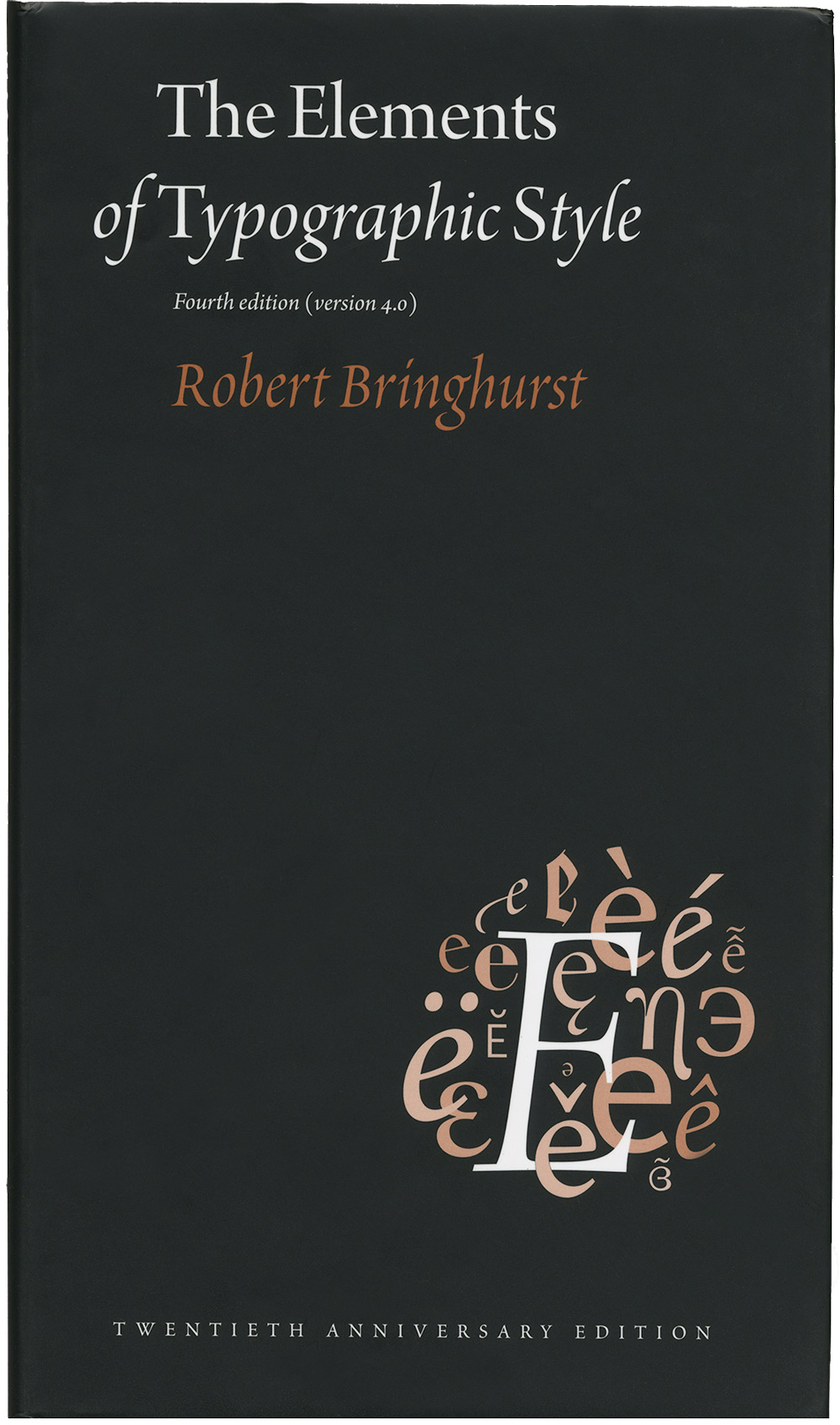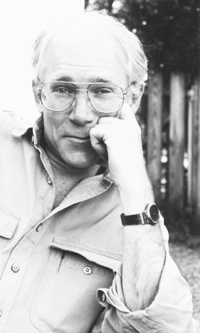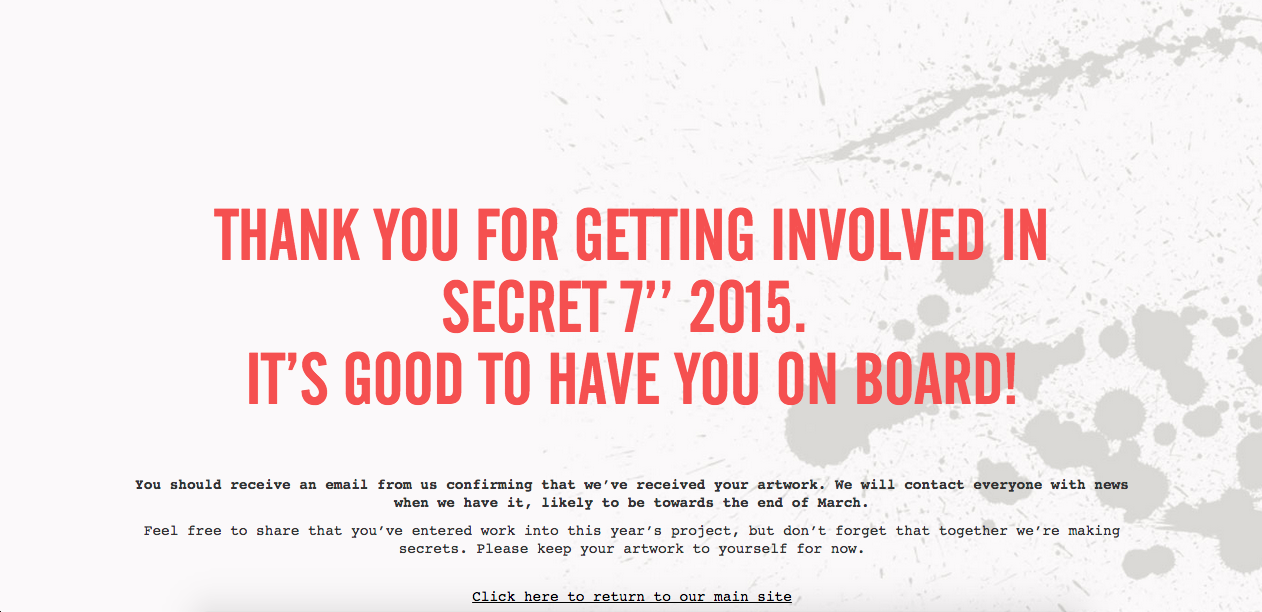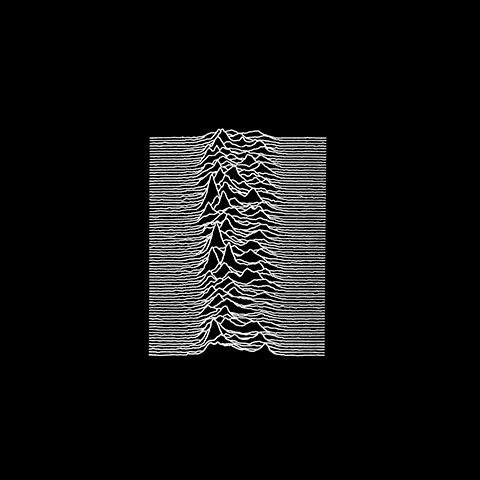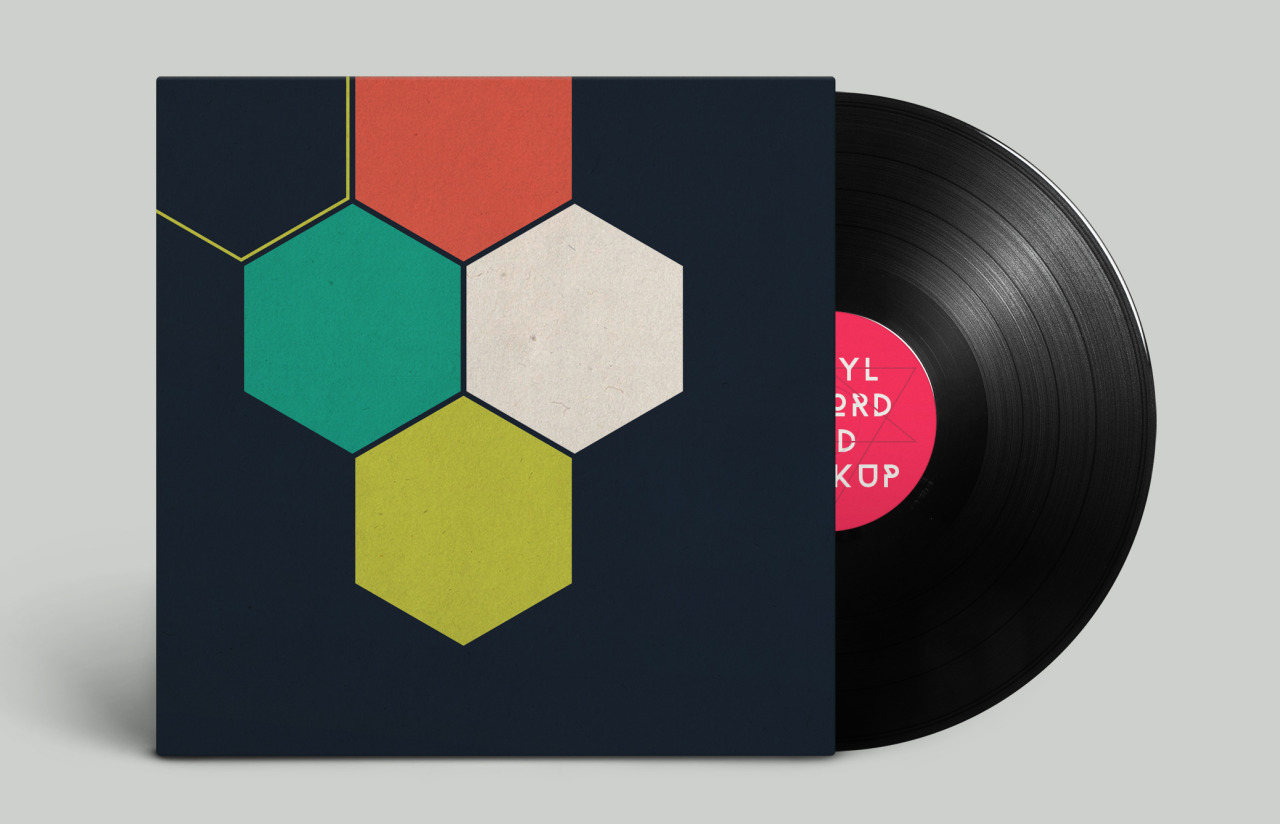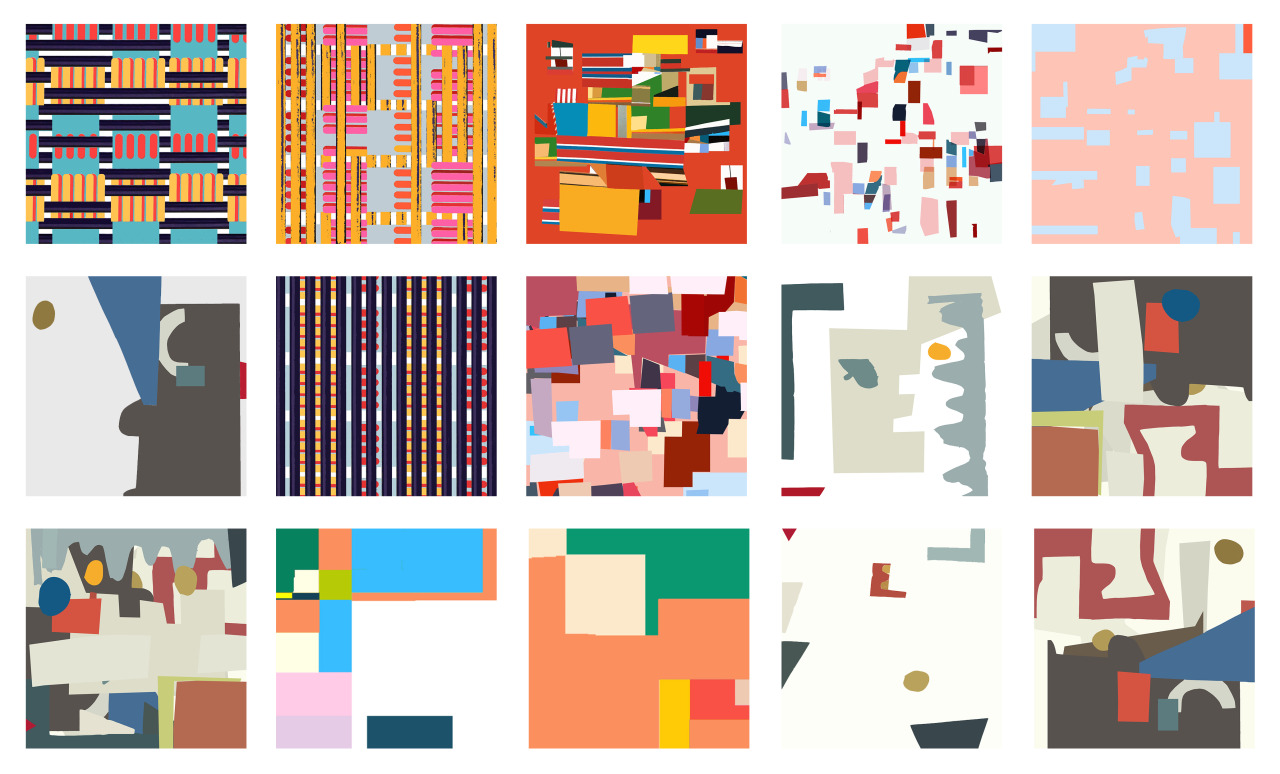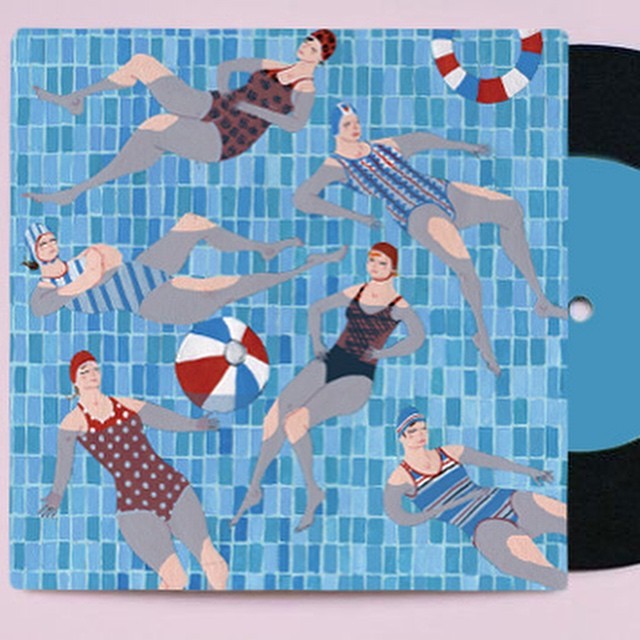Boring/Dull/Tedious > Simplistic
Contradicting > Approved
Ironic > Sincere
Dark > Light
Misrepresentation > Relevant
Gothic > Apparent
Slapdash > Careful
We were then asked to take these positives and find a typeface that could be relevant and relate. From the word 'simplistic', I knew that I wanted to use a sans serif typeface as personally I feel that serif's sometimes complicate and I don't want my book design to do this. The word 'approved' made me think of Vignelli, who said you only really need to use around 6 basic typefaces through-out your whole career as a designer. These typefaces are Helvetica, Futura, Bodoni, Garamond, Times Roman and Century Expanded. As I didn't want to use a serif type, I knew it was a choice between Helvetica and Futura. I decided to use Helvetica as it's an incredibly simplistic, neat typeface and I think it will really work for the aesthetic of my book design. I think it could also be considered as a 'relevant', 'apparent', 'careful' and 'sincere' typeface, so I think it's a successful type choice to improve on the original book design's typeface.
I then looked into what I wanted to stand out on my book design. I decided that the title should be the most important information on the book cover, so I think this will be first and it should be quite a big size. I then wanted to add the title 'the typographer's bible', even though this wasn't actually featured on the original cover design. This will be second, however it will be in quite a small font. I then thought the author is important as well, so this will go next. It will be in a bigger size than the sub-heading, however it will be further down the design.
I then created how I would picture the type for one of my designs. This is below. I thought, as the books content is quite modern, I would focus on what modernism consists of. I used Helvetica and Left-alligned text, as this is one of the keys of the modernist theory. I also made sure that there was a lot of negative space, as this is key for modernism also.
The next part of this task was to go around every persons design in the class and leave a small comment/word of the feel that we gained from their designs. My comments are listed below.
- Simple
- Conveying a message (all caps)
- Straight forward
- Sensibly elegant
- Ordered
- Modernism
- Minimal
- Good amount of white space
- The type sizes are all slightly different, but are very simple and effective
I found this task really useful as I now have an idea of how to lay out my type and also know which typeface that I would like to have on my front cover. I was also struggling for ideas for my book design, however I think the subverted words will make my responses really focused which I think will help me with idea generation.


